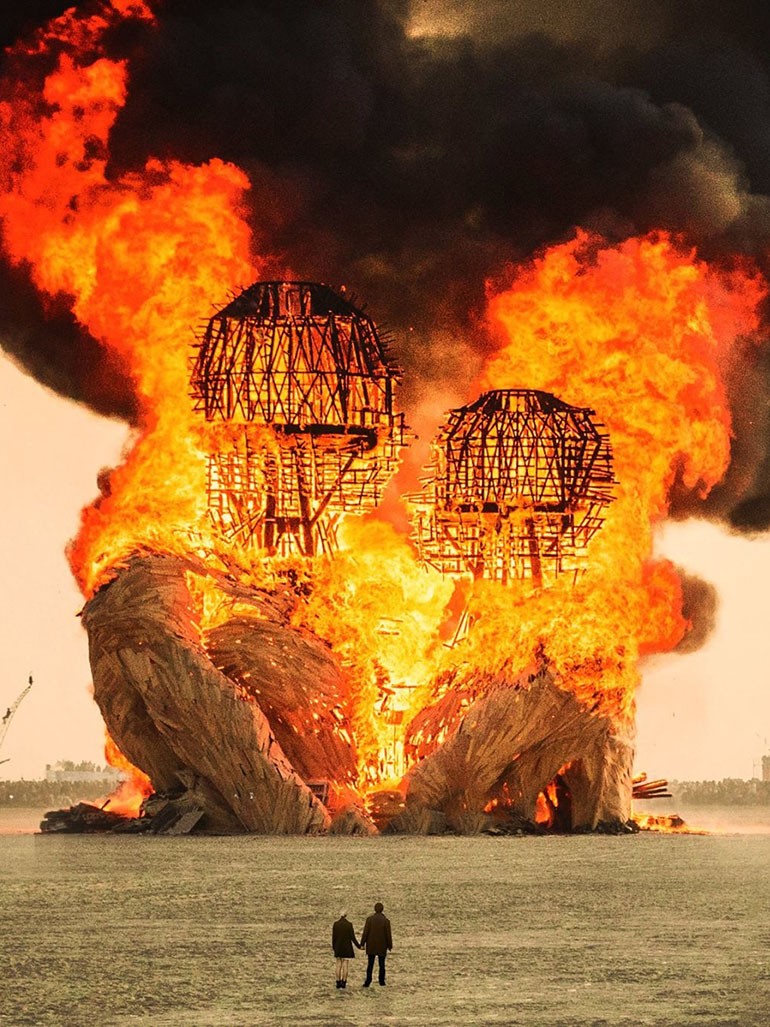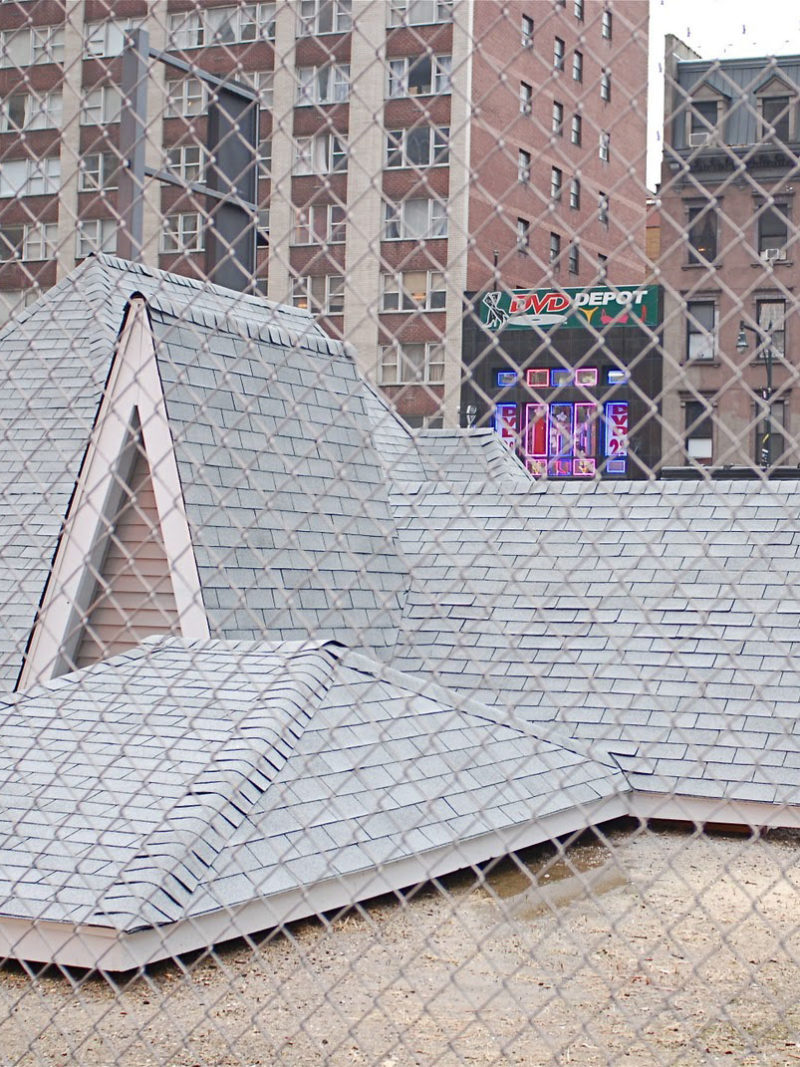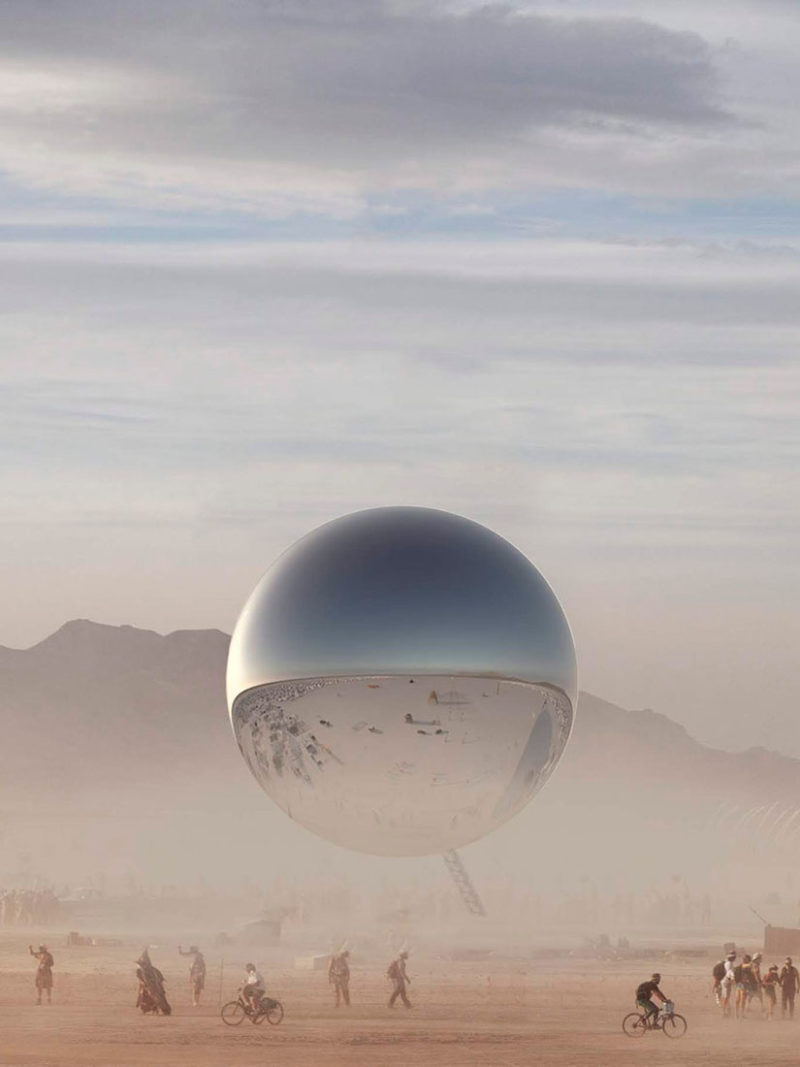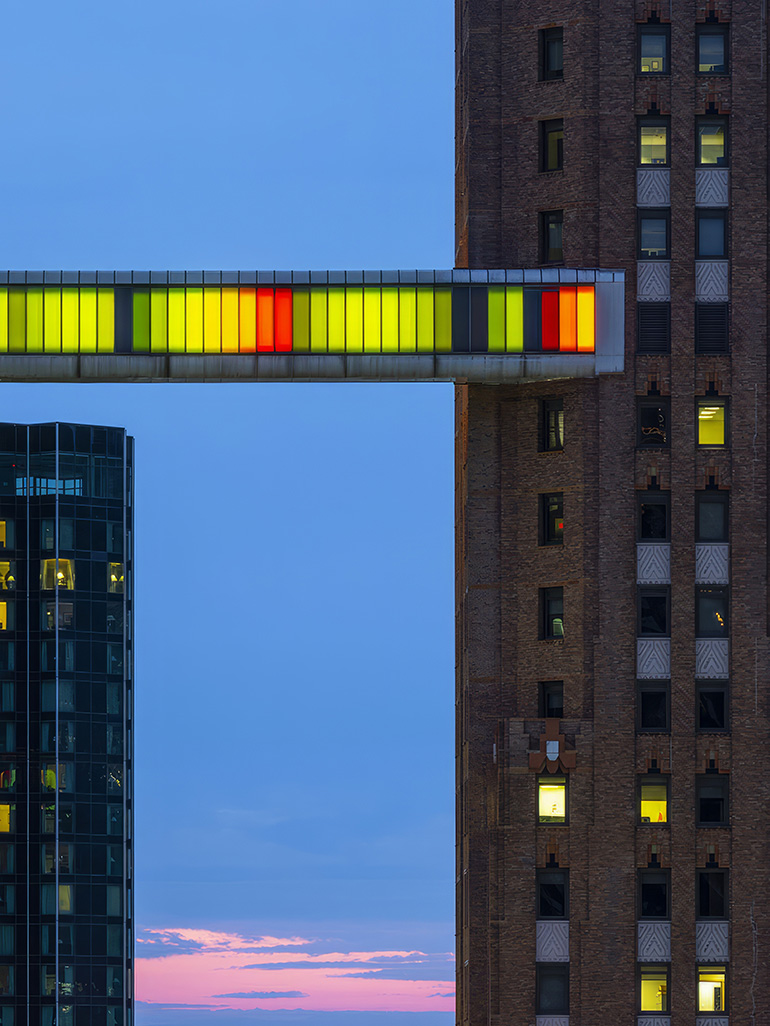
RRRV+HC Tetillas, Antofagasta, Chile Copy to clipboard
-24.158513, -70.156446 Copy to clipboard
Before you go
Bring essentials: The area has no facilities, so bring water, snacks, sunscreen, and weather-appropriate clothing. Prepare for extreme temperatures—hot days and cold nights.
Manage expectations: There are no restrooms, shade, or food facilities nearby. The sculpture is occasionally subject to vandalism but is restored by volunteers every six months. It may not always be in pristine condition.
Nearby attractions: If you have extra time, consider visiting other landmarks near Antofagasta. The Ruinas de Huanchaca, an old silver refinery with a fascinating history, and La Portada, a stunning natural rock formation by the sea, are often included in tours. For those heading north of Antofagasta, the Tropic of Capricorn Milestone marks a significant geographic point worth visiting.
Overnight stays: Some visitors stay near the site, but there are no designated camping facilities. Plan accordingly.
Safety: The area is generally safe, but its remote location limits available assistance. Exercise caution during extreme weather, such as high winds, and be prepared for desert hazards.
Best visit time
Visit during early mornings or late afternoons for the best natural lighting. The sculpture is particularly striking at sunset or under a starry desert sky at night.
Arrive by 10am to make the most of the lighting on the front of the hand for optimal photos.
Avoid visiting during strong winds. Check forecasts for temperature extremes, and plan accordingly.
Plan visits during the rare blooming of the Atacama Desert, typically following sporadic rainfall. This phenomenon offers a stunning backdrop for photos and enhances the experience. Check weather reports for this phenomenon.
Directions
By car
Drive 71 kilometers south along Route 5 (Pan-American Highway) from Antofagasta. This journey takes approximately 50 minutes. Look for signs near kilometer marker 1309.
Turn off onto the dirt path approximately 200 meters to reach the sculpture. Free parking is available near the site, but the uneven terrain may be challenging for low-clearance vehicles.
By motorbike
The sculpture is a popular destination for motorcyclists traveling through the Atacama Desert. The dirt paths leading to the sculpture are manageable by most motorbikes, but be cautious of loose sand and rocks.
By taxi
Taxis can be arranged from Antofagasta, especially at the bus station, but it is essential to negotiate the fare in advance as the trip is long and prices vary.
Confirm a return trip before departure, as taxis are not available near the sculpture. While tours are more expensive and must be booked for groups in advance, taxis offer a more flexible and cost-effective option for solo travelers.
By tour
Tours to the sculpture are a popular choice for groups and are typically organized by local travel agencies in Antofagasta. These tours often include a guide and may combine visits to other landmarks.
They need to be booked in advance and are usually more expensive than taking a taxi. If traveling with a group, this option may offer additional convenience and insights.
Cycling
Cycling is possible but challenging due to harsh desert conditions and the long distance. Bring ample water, snacks, and repair tools, and avoid cycling at night on the highway.
Hitchhiking
Hitchhiking along Route 5 is possible due to steady highway traffic. Clearly communicate your destination to drivers, and ensure you carry enough water and supplies for the journey.
Hand of the Desert / Mano Del Desierto
Mano del Desierto (aka the Hand of the Desert) is one Chile’s most talked-about art installations. It is a gigantic cement hand structure jutting 36 feet (around 11 meters) out of the arid sand of the Chilean Atacama Desert, one of the emptiest, most barren, and driest places on the face of the planet.
The sculpture 1 is the brainchild of Mario Irarrázabal 2, a Chilean figurative sculptor who worked on it in 1992. The concept behind the giant hand reaching for the skies speaks to human loneliness, torment, and fragility. It pays homage to the human soul’s weaknesses and vulnerabilities in the face of suffering and injustices around the globe.
Read on to learn more about the Hand of the Desert by Mario Irarrázabal, including its meaning, what it’s made of, and top tours for those who want to see it in person.

What is the Hand of the Desert?
As the name suggests, the Hand of the Desert (also popularly known as Mano Del Desierto) is an enormous artistic hand sculpture nestled smack dab in the middle of the Atacama Desert in Chile 3. Due to its isolated locale, the statue has been graffitied 4, painted, and subjected to other forms of artistic vandalism 5, but it’s restored every other half year.
The artist doesn’t really mind the graffiti, though. On the website of the Faculty of Arts of the University of Chile 67, where Irarrázabal was a professor, he stated:
These are not offensive scribbles, but people writing their name in an attempt to be a part of the work.

Located at an altitude of roughly 1,100 meters (335 feet) above sea level, the imposing sculpture is 11 meters (36 feet) tall, dominating almost the whole valley in the Atacama Desert. The concrete construction rises from the desert 8 as if someone is trying to crawl out of the sand.
That is essentially the reason behind this land art installation; it was designed and installed in the middle to exude awe and expression of disbelief in visitors and passers-by (not that there are any in the heart of sweltering hot Atacama Desert).

CC BY 2.0 11 by Dinael Photography 12
About the Sculptor: Who Created the Mano Del Desierto?
The architect behind the Hand of the Desert is the Chilean artist and figurative sculptor Mario Irarrázabal. The highly acclaimed and celebrated artist was born in 1940 in Santiago, Chile, and attended the University of Notre Dame in Indiana in 1964. Between 1965 and 1967, he attended Università Gregoriana Pontificia in Rome, where he studied theology, before continuing his art studies in Germany under the sculptor Otto Waldemar.
The majority of Irarrázabal’s artworks use human subjects and figures in expressing human torture, sorrow, helplessness, loneliness, and injustice. The artist has, over the years, received various accolades and awards for his unmistakably distinct artistic expressions. Still, the Mano Del Desierto is hands down his most notable work. In his 2009 book Humano, Irarrázabal calls it his “favorite work 910.”

Nicolas Valdes Ortega 14, CC BY-SA 4.0 15
The community of Antofagasta initiated the creation of the sculpture. The city, which is at the heart of the copper mining industry in Chile, is tucked around 47 miles (75km) northwest of the installation. It was commissioned and funded by a local NGO called Corporación PROA.
A trip to the Easter Islands inspired the artist to break with his previous style and start creating large-scale 11 sculpture, which, in this case, is a re-encounter with the primitive and open world. Speaking about the reactions to his hand sculptures, he said 1213:
At first, they thought that my hands were part of a critical work, but no. I was working with a symbol related to nature, with outdoor space, with the sun and the contribution of man.

When was it built?
The completed sculpture was revealed to the public on 28 March 1992. It didn’t take long before the humongous hand became a lovely rest stop and popular attraction along the seemingly unending Pan-American Highway.
Where is it?
The statue is situated around 75 kilometers northwest of the city of Antofagasta along Route 5 of the world-renowned Pan-American Highway, flanked on either side by salt flats. You can easily get to Route 5 from either Route 28 or Route 26 from the city’s center. The sculpture is found between mile markers 1309 & 1310.
Hours: 24h
Coordinates: 24°09′30″S 70°09′24″O
What is the Hand of the Desert made of?
The Hand of the Desert comprises an iron base with a concrete structure. The overall design of the work is rough and tough to withstand the harsh temperatures of the desert. The concrete statue can be viewed from miles away.

What is the meaning behind Mano Del Desierto?
In 1974, Pinochet’s political police came searching for Irarrázabal, who was renowned for his left-wing political views and activities. He got arrested and spent days in a secret location, always blindfolded, never fed, starting to have hallucinations after the third day.
Eventually, a Catholic monsignor and a human rights lawyer managed to release him. However, most of Pinochet’s enforcers were never brought to justice, adding to the fact that Irarrázabal is tormented by the past. He said 1415:
Every time a door banged I would get awful stomach aches, I was sure that they were coming to take me again.

Irarrázabal has turned precisely these experiences into artworks. In the case of the Hand of the Desert, its imposing size is meant to serve as a symbol of human suffering, helplessness, and vulnerability in the face of adversity and injustice across the world.
In another interview, the artist stated that he was pleased with the reactions and said the following 1617 about the role of the viewer:
One thing is what we artists want. And another is how people react. It is something that one cannot control. For me that hand was made by people. I am interested in how they see it, how they enjoy it. And the important thing is that one does not close its meaning, but that each one sees in it what they want.

Hands are a common theme in the art world. In 2017, Italian artist Lorenzo Quinn installed his giant hands sculpture 1819 in Venice, Italy.
What you need to know before you visit
There’s a Right Hand!
There’s a Right Hand!
You’d be forgiven for thinking the Mano del Desierto is the only hand in the desert, but you’d be wrong. That’s right; there’s a right hand to form a pair with the sculpture. The Fingers of Punta del Este is located about 1,200 miles (1930 km) east of the Hand of the Desert in Uruguay.
Punta Del Este (1982) is a sculpture featuring five human digits partially emerging from Brava Beach’s sand. Also created by Mario Irarrázabal, the work is found in Parada 1 in the touristy town of Punta del Este in Uruguay. It is also dubbed Hombre emergiendo a la vida or Los Dedos.

In 1987, Mario Irarrázabal created the second version of his hands, entitled Mano de Madrid. In 1991, the outdoor sculpture park Juan Carlos I Park was opened in Madrid, Spain. Irarrázabal’s piece had been moved from Calle de Alcalá to the park and is now one of the best-known pieces in the park 2021 that tries to link art and nature by showing various sculptures.

You’re not allowed to scale it
Yes, we get it: the hand of the desert is so irresistible to climb. But don’t. It is not only a futile endeavor, but you’re also not allowed to climb the statue.
It’s found in one of the most deserted places on Earth
We’re not joking. The area around the sculpture is deserted, and you won’t spot anything for miles on end. Be sure to pack plenty of water and refreshments.
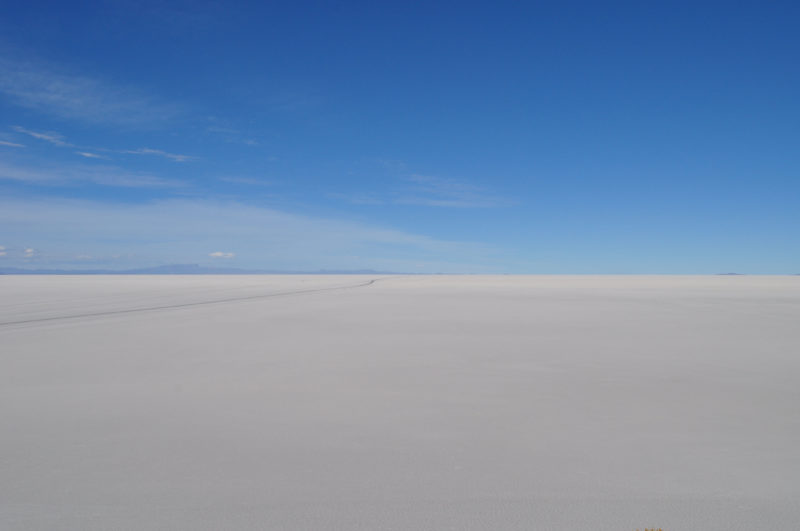
It’s massive!
The fascinating thing about the statue is its impressive size. Standing at 36 feet tall, the size is sheer and quite a sight.

It’s free
Again, we are not kidding. The sculpture is right in the middle of the desert, with no fences, gates, or anything surrounding it. As long as you’re there, don’t expect to pay a penny for access to see the statue.

Nicolas Valdes Ortega 41, CC BY-SA 4.0 42
Mano del Desierto Tours
Several tours are geared towards the Hand of the Desert or make a stop here. These include:
- Saltpeter Astronomical Tour — This is a 4 to 5-hour tour of the Atacama Desert and Andes Mountains
- San Pedro de Atacama — This is an all-inclusive hotel + tour package lasting three days
- Chile Astronomy Adventure — The 8-day tour takes you through many attractions of Chile, including the Atacama Desert, Elqui Valley, etc.
- Awasi Atacama Desert — The four-day tour explores Atacama Desert, Lasana Valley, Museo Gustavo Le Paige Museum, and much more.



